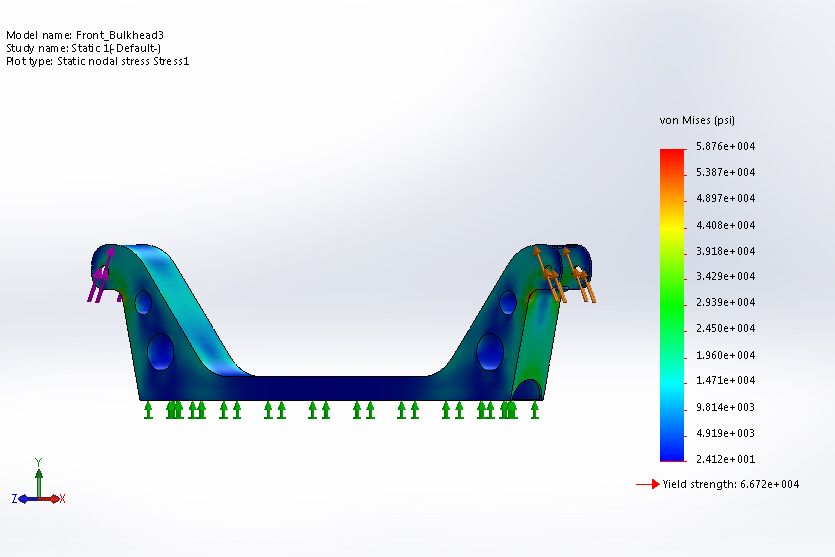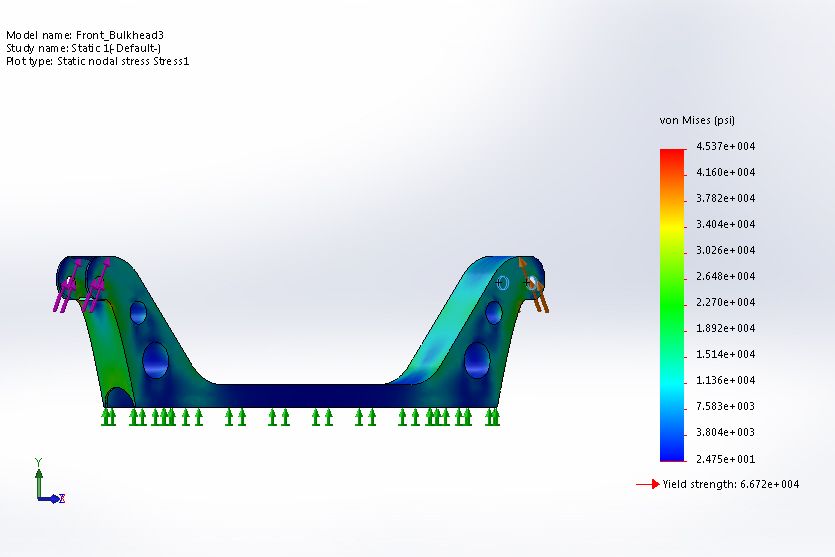It's funny, I consider my self a non-disclosure whore. To this day there are things on our 5/1600 that have been kept hush, hush. They only one outside of the team that knows about them or how they work was Bill Savage. There were things on the class 10 car that were never disclosed. But when Zane contacted me to pick my brain about this build, I felt composed to discuss my ideas & concepts with him, as we share many of the same idea's on how a desert racing UTV should be built, within the rules as they are written. We have both been surprised at the lack of design and how so many just bolt on off the shelf long travel kits. I will admit I have seen some newer builds in the past month that make me think more teams are starting to venture out, understand the rule book and try to build a better race car, vs bolting up what everyone else has.
I knew Zane & crew were going to be very open about this build, and that things we might have talked about or ideas I share with him, and if used would be shown to the world on a internet forum. At first this made me hesitant to share as that is my nature, and probabaly why Zane joked about me being a team member "If I like it or not". It's funny, and maybe because I have no "Dog in the Fight" as it has been told to me, several times. I am happy to share my thought and concepts with them in the hope they build the most extreme desert UTV ever built to date. I know some designs and concepts dont always work. Look at Pflueger's $ Million Dollar TT that has never shown any results.
But I think with Zane & crew's motivation to think outside of the box, access to equipment and desires to dethrone the factory effort teams. I think you will see things that will not only impress those on the internet, but the race results will back it up. I'm also guessing many of the concepts you will see on their UTV will be taken and used by other builders in the future.
I knew Zane & crew were going to be very open about this build, and that things we might have talked about or ideas I share with him, and if used would be shown to the world on a internet forum. At first this made me hesitant to share as that is my nature, and probabaly why Zane joked about me being a team member "If I like it or not". It's funny, and maybe because I have no "Dog in the Fight" as it has been told to me, several times. I am happy to share my thought and concepts with them in the hope they build the most extreme desert UTV ever built to date. I know some designs and concepts dont always work. Look at Pflueger's $ Million Dollar TT that has never shown any results.
But I think with Zane & crew's motivation to think outside of the box, access to equipment and desires to dethrone the factory effort teams. I think you will see things that will not only impress those on the internet, but the race results will back it up. I'm also guessing many of the concepts you will see on their UTV will be taken and used by other builders in the future.






